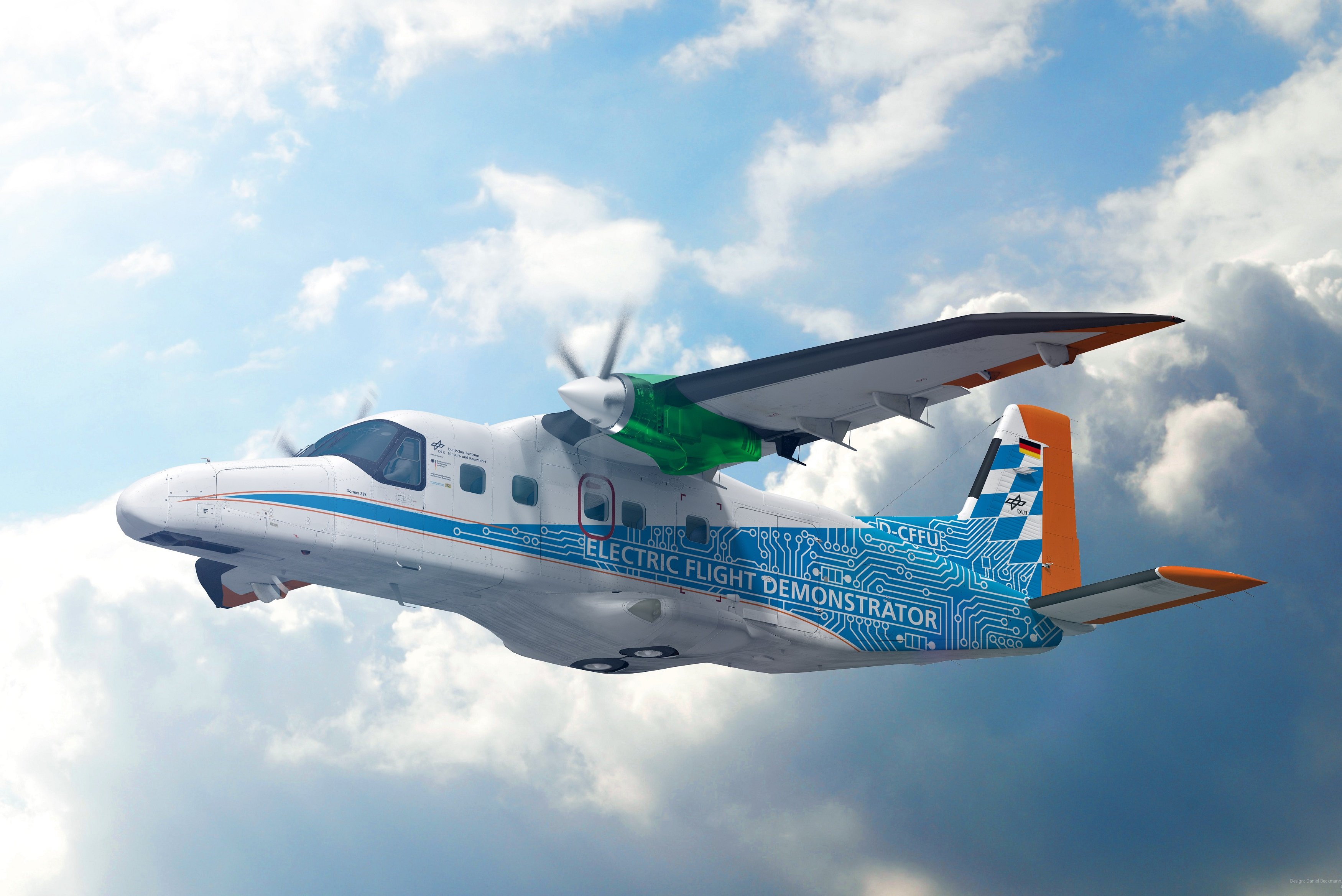Click Here to View This Page on Production Frontend
Click Here to Export Node Content
Click Here to View Printer-Friendly Version (Raw Backend)
Note: front-end display has links to styled print versions.
Content Node ID: 419279
EASA and MTU Aero Engines are jointly investigating potential methods to conduct type certification of hydrogen fuel cells for aircraft. Through a partnership announced on November 2, the European Aviation Safety Agency and the German aircraft engines manufacturer say they will assess new standards, regulations, and verification procedures for what they refer to as a flying fuel cell (FFC).
MTU is already working with the DLR German Aerospace Center to develop a fuel cell powertrain technology demonstrator that it intends to fly on a Dornier 228 twin-turboprop aircraft. This is part of the company’s Clean Air Engine (Claire) technology program.
“When it comes to the approval of a flying fuel cell, all parties involved are entering uncharted territory, which is why we are seeking a dialogue with the certification bodies at an early stage,” said MTU’s head of quality, Thomas Frank.
The joint MTU/DLR project, which has financial support from the Bavarian state government, is intended to validate the potential use of hydrogen propulsion for aircraft as large as the Airbus A320 and Boeing 737 narrowbody airliners. The partners aim to start flying a technology demonstrator in 2026.
Announcing the project last year, MTU explained that one of the 19-seat Do-228’s two Honeywell TPE331 turboprop engines will be replaced by a 500-kW electric propeller motor, powered by electricity produced by hydrogen fuel cells. However, at the time, the company’s engineering team also indicated that until a certification path for FFCs is clear, it may be more realistic to use direct combustion of liquid hydrogen in gas turbine engines.
MTU Aero Engines is Germany’s leading aircraft engine manufacturer. The Munich-based company has a long track record of developing low-pressure turbines, high-pressure compressors, and turbine center frames for turboprop, turbofan, and turboshaft power plants.
“MTU is one of the first companies to cooperate with EASA in this area,” said EASA chief engineer Alain Leroy. “Our learnings from this innovation partnership will enable us to efficiently support the safe introduction of these disruptive technologies in the aviation world, with their expected benefits for the environment.”
U.S.-based start-ups ZeroAvia and Universal Hydrogen are both working on plans to convert existing regional airliners to hydrogen propulsion. Both have partnerships in Europe to develop their fuel cell-based systems, with ZeroAvia claiming it will be ready to support commercial operations with a 19-seat aircraft by 2024 and Universal Hydrogen targeting 2025 for service entry with converted Dash 8 and ATR42 aircraft.
